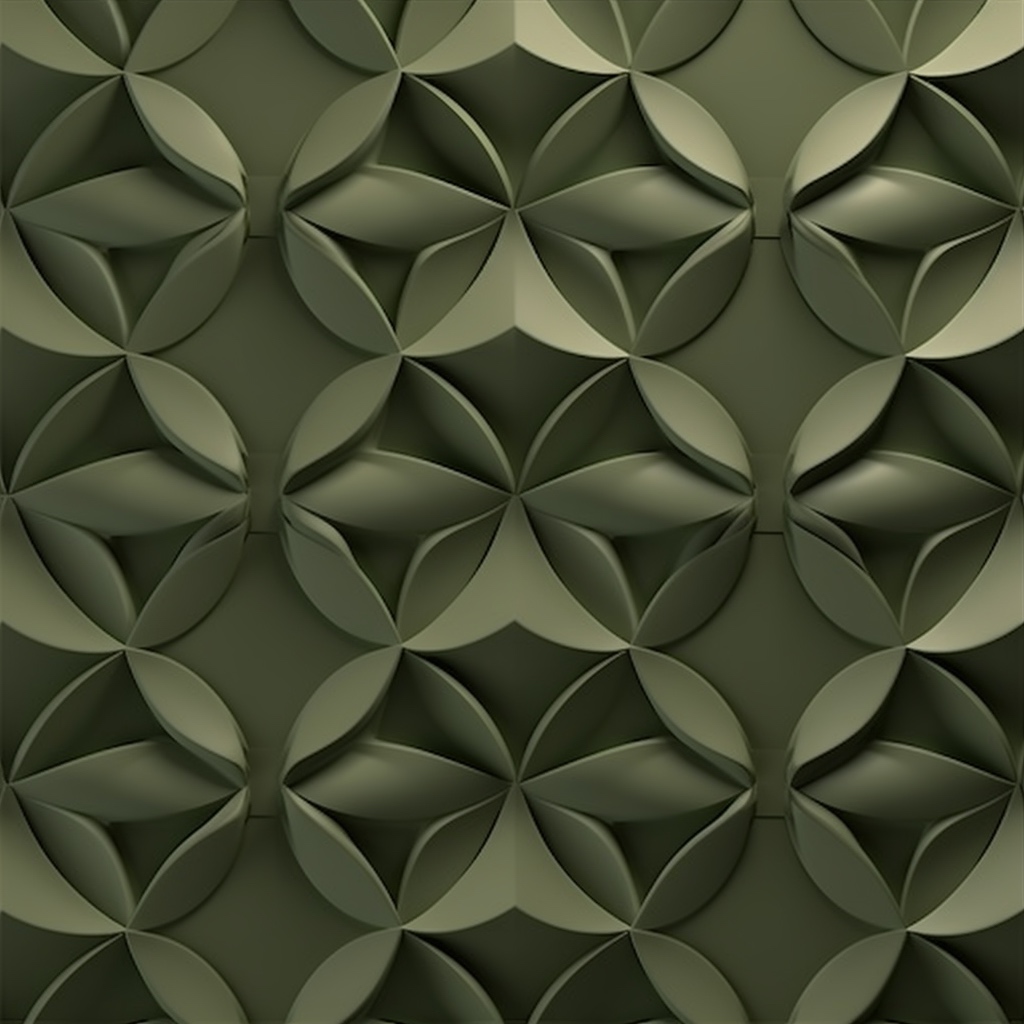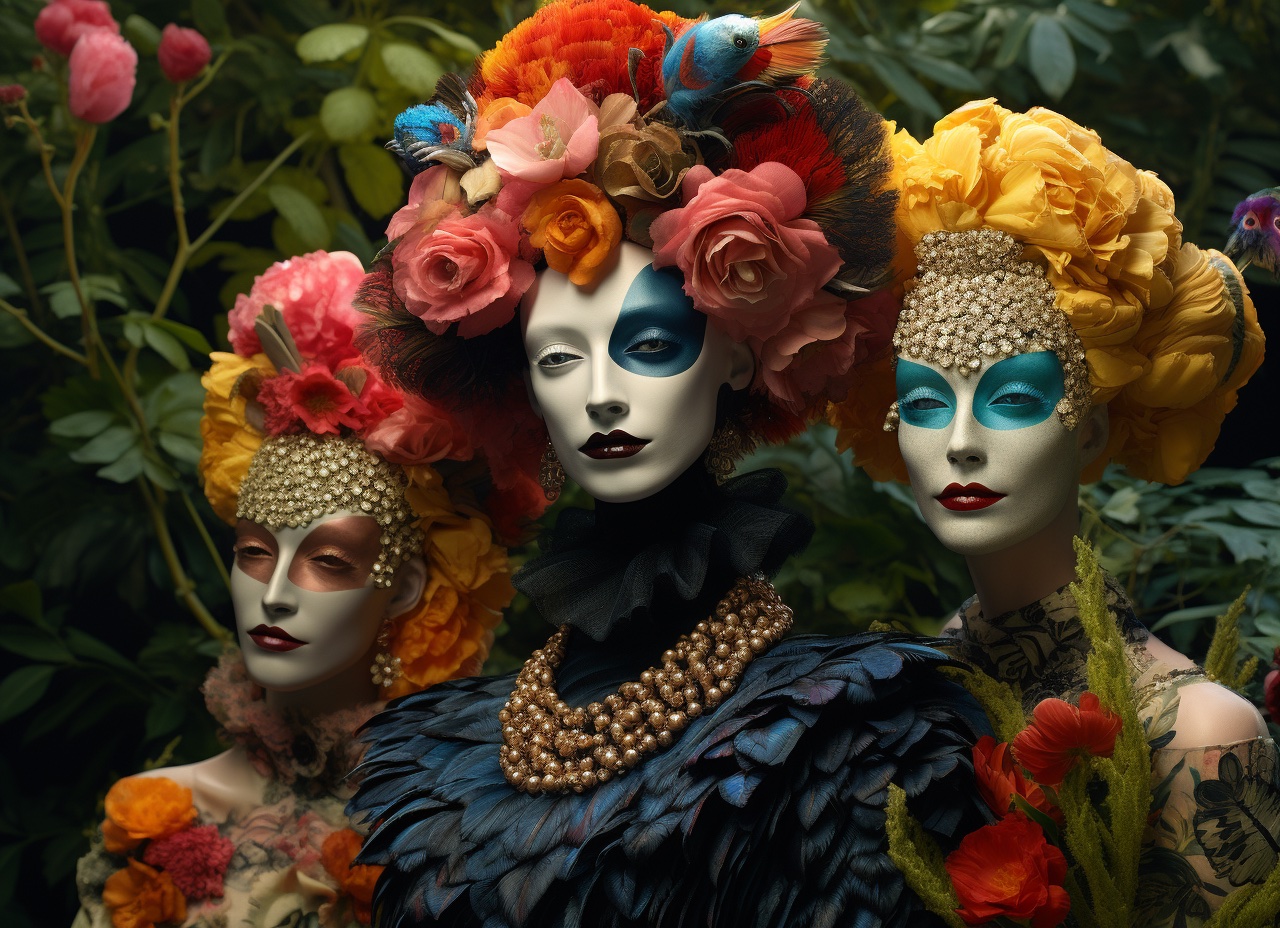The Metaverse has been called the future internet in 3D. You will often hear the Metaverse referred to as XR, an abbreviation for Extended Reality.
It is not uncommon to encounter the question of whether the Metaverse is one particular universe. However, we should not understand the Metaverse in such a concrete manner. It does not cover one specific virtual world but should be understood as an umbrella term for all the different digital applications created using technologies like Virtual Reality (VR), Augmented Reality (AR), or Mixed Reality (MR). In descriptions of the Metaverse, technologies like Artificial Intelligence (AI) and Blockchain are often included.
The Metaverse is currently in need of hands. Those who can model in 3D, design, build, color, and create materiality in a world of bits and bytes are especially sought after. This is where you, as a designer, come into the picture, and if you are willing to integrate some of the new technological tools into your practice, there is actually a considerable degree of freedom in terms of how much or how little the digital should be incorporated.
If you are not yet familiar with the technologies, here is an introduction:
Virtual Reality
You typically experience Virtual Reality (VR) through a VR headset (glasses) that visually isolates you from your physical surroundings. You often also wear headphones that block out external sound impressions. Your focus is now solely on what is happening inside the glasses. VR experiences can be created as 100% computer-generated 3D universes in Unity3D or Unreal, or through filming with a 360-degree camera, where scenes are later stitched together, for example, for a documentary or a guided tour.
Characteristics of VR are that you can add interactivity to your experience, making the technology a suitable tool for training, teaching, and conveying selected skills. For example, if you want to teach future ceramic designers how to handle glazing and firing techniques, such as controlling and monitoring open-air firing or gas oven versus electric ceramic kiln.
Training safety procedures is something VR has proven to be well-suited for.
A quality of VR is that you do not need to be afraid of making mistakes within the virtual experience. On the contrary, unintended mistakes can help you learn to handle potentially dangerous situations safely when you later perform them in the real world.
Tips
You don’t need to have experience in programming or working with Unity3D to create your own VR documentary. For example, try Matterport, where you can use your mobile phone to create a 360 video that takes the viewer on a tour of your studio or exhibition space, and they can hear you explain how your unique works are created.
Augmented Reality and Mixed Reality
Augmented Reality and Mixed Reality differ from VR in that you can see your physical surroundings. However, something is altered because you can stage your surroundings and overlay virtual images, animations, videos, sounds, text, and 3D objects on walls, floors, ceilings, objects, outdoor areas, buildings, and even around the human body.
An Augmented Reality or Mixed Reality experience is activated through a QR code, a marker, or a link sent via email. AR/MR primarily differ in the way the user navigates. While AR is experienced through the screen display of a mobile phone, Mixed Reality is characterized by the use of a headset (e.g., Microsoft HoloLens). The advantage of a headset is that the virtual information is experienced more naturally. You have your hands free and can perform a task, such as receiving virtual step-by-step instructions through the glasses. Once again, we see an element of functional training.
Just like with Virtual Reality, you can also add levels of interaction with AR/MR, for example, in a format where the user is invited to move the virtual information around, scale it up and down in size, or add other objects, colors, prints, or animations to the experience.
As a designer, you can use Augmented Reality technology to visualize design proposals, such as placing the prototype of a chair you are creating at the dining table you have already produced. Before you know it, you are sitting down to a meal, and fabric colors or wood types have changed along the way.
In general, these technologies are great for illustrating product dimensions and relationships when a product is placed in interaction with its surroundings. This is typically something that designers are also really good at. However, it is not always the case for those who are the end users of the product.
It is also worth considering that the moment you integrate virtual technology into your design process, you often reduce your material consumption and production costs. Simply because on your path to the finished product, you can minimize the production of physical prototypes.
Tips
If you haven’t tried AR yet, take a look at AR.js studio (open-source), the commercial app 8thwall, or Adobe Aero. If you work with clothing or jewelry that you want to showcase on a body, you can try LensStudio from Snapchat. If you don’t have a 3D model of your work yet, you can start by 3D scanning one of your physical unique pieces using mobile apps like RealityScan from Unreal or Scaniverse.
Artificial Intelligence (AI) and Blockchain
Artificial Intelligence (AI) is a technology that, in essence, can analyze large amounts of information and identify patterns through algorithms and machine learning.
In practice, AI is used, for example, to generate images, videos, or various types of text statements. These are tools you can use as sources of inspiration in your design process, such as for brainstorming or sketch development. On several AI image platforms, you can also have the system create variations of your own photos. Be specific and detailed in the description you provide to the AI platform. For images, you should describe the theme, colors, prominent objects, surroundings or background, style, and the desired size of the image.
When generating text, specify whether it should be a product description, an essay, a biographical text, a rhyme, a summary, or text in a bullet-point or list format. Always remember to disclose that your image was created using AI if you use it for commercial purposes.
Blockchain is another type of tool that will naturally find its way into your digital toolbox as a designer. This technology excels at documenting and recording ownership and the origin of information in various formats (such as text, images, 3D objects, animations, and videos).
This means that with this technology at hand, you can make the world aware of what started as a thought in your head and, to some extent, protect your design. Once you’ve added information, such as a digital vase, to a blockchain, you can also sell it as a digital work. This is also known as an NFT (Non-Fungible Token). The market for digital art sales platforms is continually growing, with OpenSea being one of the first and largest.
Tips
It’s always a good idea to have a goal when developing images with AI, and as a designer, your goal could be to create a print for a piece of textile, a pattern for a sandblasted glass surface, or a relief effect or ornament for jewelry. All of this is actually possible with AI. You can further work on the print, for example, in other software solutions or have it printed as stencils if you want to use them directly in your design. Be aware that you can use an AI-generated print on both physically produced items as well as digital assets.
Platforms for creating AI images include Dall-E, Firefly, Midjourney, and RunwayML. You can generate AI text, for example, using ChatGPT from OpenAI.
Getting Started with Technologies
A fundamental starting point when you want to use digital technology, regardless of the type, is always to first ask yourself the question: What should this technology help me with? What challenge should it solve, which couldn’t be solved better, cheaper, and possibly faster in more traditional ways? As a designer, it is also crucial that technology does not compromise the hand’s and the mind’s work. Craft and design should still be characterized by a clear harmony and balance between craftsmanship, aesthetics, functionality, and quality.
Another important point is that the new digital tools rarely stand alone but are often used in conjunction with other tools, such as 3D modeling, 3D scanning, 3D printing, as well as, of course, more traditional craftsmanship methods and techniques.
That being said, you can practically integrate AI, blockchain, and VR/AR/MR throughout the entire artistic value chain. They can typically be summarized into three simple benefits:
Use AI, VR/AR/MR for inspiration, visualization, and optimization of tasks in your design process.
These technologies are good for creating marketing materials.
AI, VR/AR/MR can open doors to new digital distribution channels, meaning rethinking business models and the opportunity to sell your designs and unique works as digital pieces. This can be as NFTs or digital assets for use in video games, VR worlds, or AR experiences.

If you want to get started quickly, try creating a digital print on an AI platform. Make your mark on the Metaverse. If virtual worlds are to be meaningful, they need designers who can add substance to the future 3D internet.
Reference
Hardware
https://www.meta.com/dk/quest/quest-3/
https://www.microsoft.com/da-dk/hololens
Software
https://unity.com/
https://unity.com/learn
https://www.unrealengine.com/en-US
3D Scanning – mobil apps
https://www.capturingreality.com/
https://scaniverse.com/
360-film
Matterport.com
https://skybox.blockadelabs.com/
AR platforms
https://ar-js-org.github.io/studio/
https://www.8thwall.com
https://www.adobe.com/dk/products/aero.html
3D modeling
https://masterpiecestudio.com/masterpiece-creator
AI Text, picture and video
https://openai.com/chatgpt
https://openai.com/dall-e-3
https://www.midjourney.com
https://www.adobe.com/sensei/generative-ai/firefly.html
https://runwayml.com/
NFT-platform
https://opensea.io/
Further readings
Ball, Mathew: The Metaverse and How It Will Revolutionize Everything. Liveright. 2022.
Bailenson, Jeremy: Experience on Demand: What Virtual Reality is, how it works, and what it can do. W. W. Norton & Company. 2018.
Barfield, Woodrow: Blitz, Marc J. (Editors): Research Handbook on the Law of Virtual and Augmented Reality. Edward Elgar Publishing. 2018.
Billinghurst, M: Augmented Reality – An overview. IN: Geographies of the Internet. Routledge. London. 2020.
Brunner, M.: Jodlbauer, H.: Bachmann, N.: Tripathi, S.: Implementing Virtuality in Production – a Design Science Approach. Procedia Computer Science. Elsevier. 2023.
Caldwell, Craig: Story, Structure and Development: A Guide for Animators, VFX Artists, Game Designers, and Virtual Reality. CRC Press. 2017.
Chandrashekhar, A.: Saheb, Shaik Himam: Panda, Sandeep Kumar: Balamurugan, S.: Peng, Sheng-Lung (Editors): Metaverse and Immersive Technologies: An Introduction to Industrial, Business and Social Applications. Scrivener Publishing LLC. 2023.
Dwivedi, Yogesh K. et al.: Metaverse beyond the hype: Multidisciplinary perspectives on emerging challenges, opportunities, and agenda for research, practice, and policy. International Journal of Information Management. Elsevier Ltd. 2022.
Salvendy, Gavriel & Karowsky, Waldemar (Editors): Handbook of Human Factors and Ergonomics, John Wiley & Sons Inc, USA. 2021.
More Knowledge in the Archive
Formkraft holds a vast digitized archive of magazines from 1948-2009, as well as exhibition catalogues for the Craft & Design Biennale from 1995-2021. Read the magazines and exhibition catalogues here.
Receive a newsletter
Sign up for Formkraft’s newsletter and receive information about new articles as well as tips on relevant conferences and books. Sign up here.


